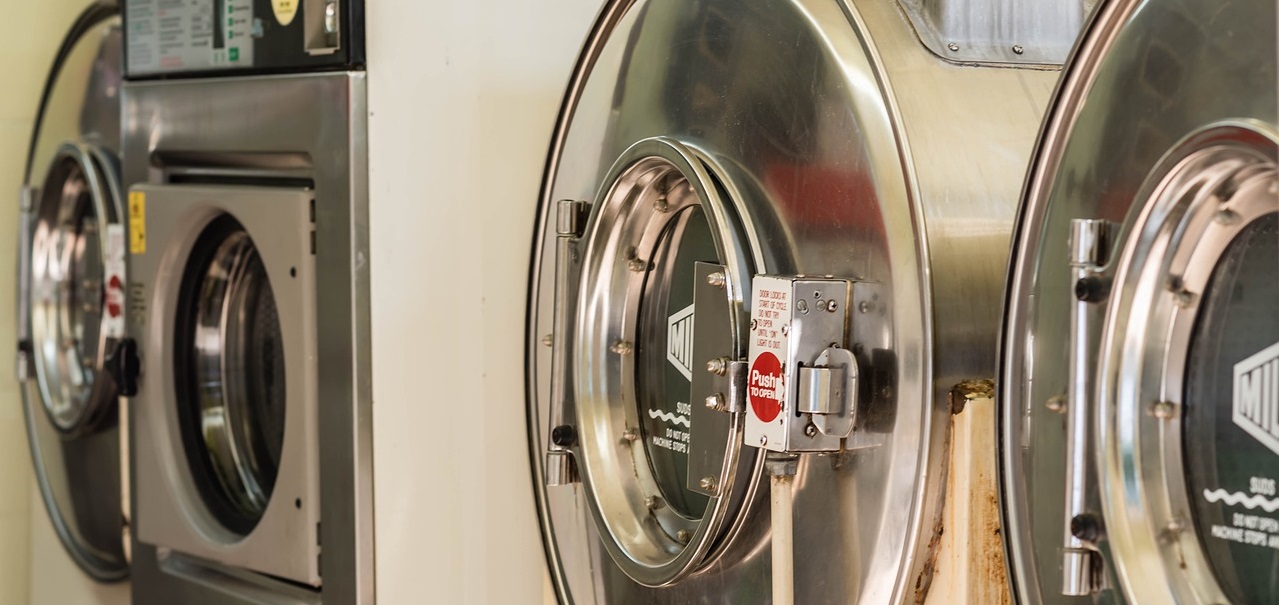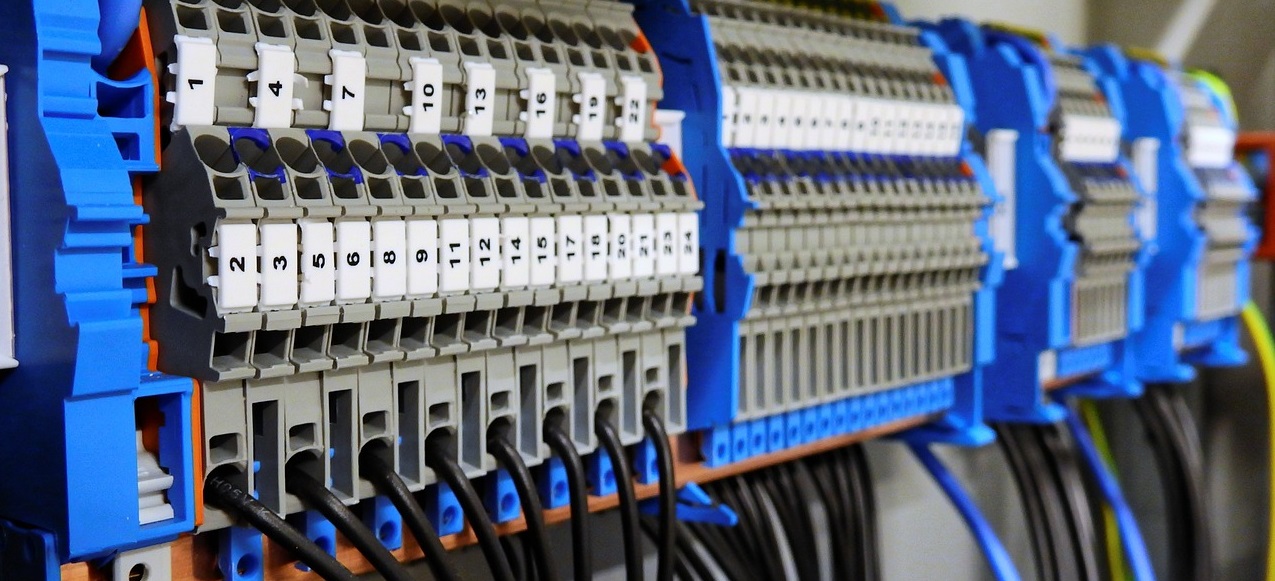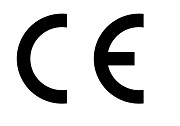Electromagnetic Compatibility Directive 2014/30/EU or EMC
Directive 2014/30/EU of the European Parliament on Electromagnetic Compatibility (hereinafter - EMC) aims to harmonize safety standards in the European Union.
According to Directive 2014/30/EU, electrical appliances, electrical equipment, apparatuses, etc. placed and imported into the European Union must be designed and manufactured in such a way that during their operation there is no electromagnetic interference likely to interfere with radio, telecommunications, or other equipment. In addition, such devices must themselves be capable of operating as intended at normal levels of electromagnetic interference. This directive does not prescribe any specific values for the permissible level of electromagnetic interference.
Only products that fully comply with the requirements of the Electromagnetic Compatibility Directive 2014/30/EU may be placed on the European market and marked with a conformity mark CE (Conformité européenne – European conformity).
The following products are covered by Directive 2014/30/EU:
There is no direct mention of the equipment falling under the scope of Directive 2014/30/EU. However, it appears from the text that the Electromagnetic Compatibility Directive covers by far all electrical appliances and electrical equipment that can cause electromagnetic interference.
Directive 2014/30/EU does not apply to (as per Annex II of the EMC):
-
Radio equipment and telecommunications terminal equipment regulated by Directive 1999/5/EC of the European Parliament and of the Council of 9 March 1999
-
Aircraft or equipment intended to be fitted into aircraft
-
Devices designed to emit such low levels of electromagnetic interference that they are not capable of interfering with radio, telecommunications or other equipment
-
Equipment used for scientific purposes
Product conformity assessment procedure according to the Electromagnetic Compatibility Directive:
When declaring conformity with the EMC directive different certification modules (A, B and C) can be used. It means that a declaration can be issued both on the basis of own evidence and an EU-type examination by a notified test laboratory.
When declaring on the basis of own evidence, the manufacturer is obliged to measure, document the level of electromagnetic interference arising from the use of the appliance and draw up protocols (test reports).
Our company provides a complete assistance of the conformity assessment procedure with the 2014/30/EU Electromagnetic Compatibility Directive for the European market.
Thus, the manufacturer or a testing laboratory contracted by the manufacturer must:
-
Perform product classification and ensure compliance of the equipment with the requirements of Directive 2014/30/EU
-
Compile Technical Documentation containing descriptions, data sheets and most importantly instruction manuals
-
Test product samples and receive test reports
-
Draw up the EU Declaration of Conformity to confirm compliance of the equipment with the EMC/ any other relevant CE harmonized legislation
-
Mark the products with the CE mark correctly
NB All economic operators, i.e. the importer, the distributor, the EU Authorized Representative (if applicable) in addition to the manufacturer, are responsible for compliance with the requirements of the EMC directive. In this way, the control of compliance with the requirements of Directive 2014/30/EU is entrusted to all parties involved in the sale of goods.
CE Marking according to Electromagnetic Compatibility Directive 2014/30/EU (ref. Article 17)
-
The CE marking shall consist of the initials ‘CE’ as shown in Annex II of the Regulation (EC) No 765/2008.
-
The CE marking shall be affixed to the apparatus/product or its nameplate visibly, legibly, and indelibly.
-
The affixing on the apparatus/product of markings, signs and inscriptions which are likely to mislead third parties as to the meaning or form of the CE marking, or both, shall be prohibited. Any other marking may be affixed to the apparatus/product provided that the visibility, legibility and meaning of the CE marking is not thereby impaired.
Declaration of Conformity according to Electromagnetic Compatibility Directive 2014/30/EU (ref. Annex IV)
-
Name and identification of the apparatus/product, for example, model, type, identification number, etc.
-
Name and address of the manufacturer or his authorized representative
-
Description of the apparatus/product
-
A list of applicable directives/harmonized standards
-
Place and date of issue of the declaration
-
Name, function, and signature of the person responsible to sign the declaration on the manufacturer’s behalf.
EU Authorized Representative
If a manufacturer is located outside the European Union, he must appoint an authorized representative in the European Union in order to register a declaration of conformity or to apply a CE mark to the equipment.
In addition to providing a complete range of services with regards to certification and declaration of conformity of products according to the requirements of Directive 2014/30/EU CCIS-EXPERTISE also delivers a service of an authorized representative in the European Union.
Statutory reference
The first European Union Directive 89/336/ECC governing the electromagnetic compatibility of electrical equipment was adopted on May 3, 1989.
Its updated version, Directive 2004/108/EC in force since December 15, 2004, ceased to exist following the adoption by the European Parliament on February 26, 2014, of the latest version of the Electromagnetic Compatibility Directive under the number 2014/30/EU. The Directive 2014/30/EU of the European Parliament and of the Council of 26 February 2014 on the harmonization of the laws of the Member States relating to electromagnetic compatibility is the regulation currently in force in the European Union.
Full text of the Electromagnetic Compatibility Directive 2014/30/EU
CCIS-EXPERTISE specialists will help you to:
-
identify directives and standards that apply to your products
-
prepare and evaluate the technical file
-
translate all relevant documentation and drawings
-
determine the cost of certification work
-
carry out all procedures of the European conformity assessment process
-
conduct tests of any complexity in accredited European and national laboratories
-
prepare the declaration of conformity
-
provide an authorized representative for your company in the EU
FAQs













